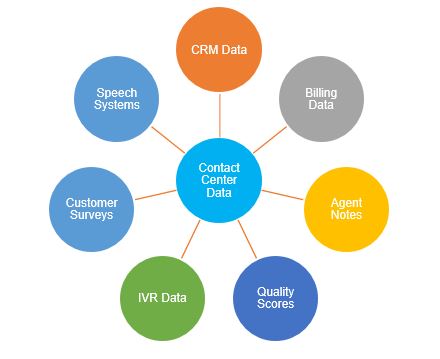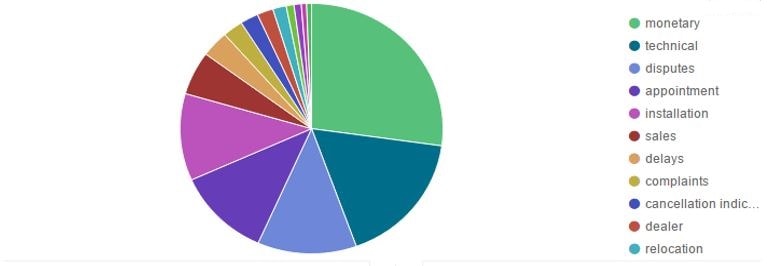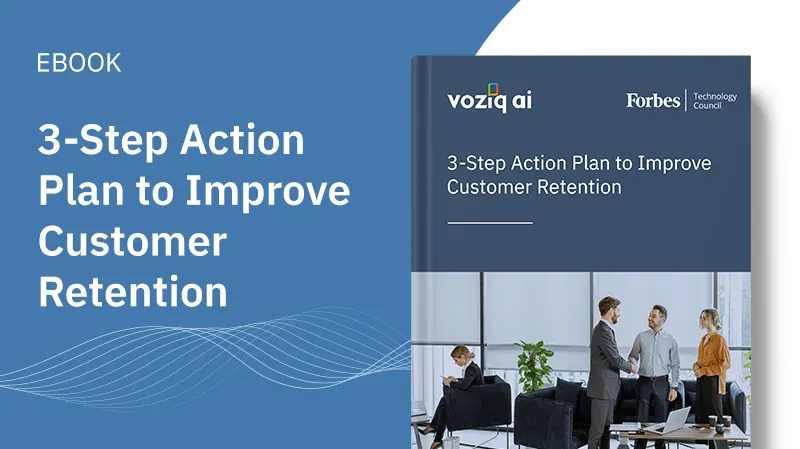5 Ways to Create Customer-Aware Contact Centers

5 Ways to Create Customer-Aware Contact Centers
Contact center leaders and managers face a real challenge when it comes to reducing costs without compromising on the levels of efficiency, quality and customer experience. While contact center leaders are expected to keep customer satisfaction levels and NPS high, they are also expected to look for ways to cut the cost-to-serve customers. If you look at it, it would appear that cutting down the cost-to-serve may actually negatively affect the ability to serve the customer better, thus leading to poorer customer satisfaction levels.
However, this isn’t really true. Increasing customer satisfaction while decreasing abandoned calls and escalations is vital for contact center executives today. While high-quality support is critical, poor responsiveness can drive customers and prospects to competitors.
In this context, let’s see how contact centers can boost efficiency and cut costs, while still serving the customers better by utilizing customer and operational insights.
Contact center inefficiencies hindering customer awareness
According to research by Capgemini, the cost-to-serve in contact centers is a consequence of three inefficiencies:
- Ineffective and complex call center processes
- High customer contact ratios
- Non-ergonomic IT user interfaces
Another critical piece in the whole picture is the call center agent who actually deals with the customers. The three inefficiencies listed above directly affect the performance of the call center agent, thereby affecting not only the costs but also customer satisfaction levels. It is crucial for organizations to understand that customers are increasingly expecting a personalized experience while interacting with a call center agent.
Deploying analytics to understand customer intent
Contact center interactions present an enormous opportunity for businesses to make decisions based on real customer perceptions, needs and issues.
However, these customer interactions are seldom put to effective use due to various reasons. These interactions are spread across various customer-facing functions and several data silos across the organization. A large chunk of these interactions are in the form of unstructured data, and turning this unstructured customer feedback into useful insights is an uphill task for any organization. Typically, contact centers fail to synthesize and fully utilize all this data that they capture so meticulously.
An analytics solution that does the job of integrating and analyzing the unified customer dataset can uncover unique opportunities to manage the contact center costs, all the while actually boosting customer satisfaction levels.
Create Customer-Aware Contact Centers with Text Analytics
Cloud-based text analytics technology provides significant opportunity to convert unstructured customer interactions into transformative insights about customers and their experiences. These analytics could then be integrated into customer help desk software, for examples of such software options have a look into this comparison between zendesk vs freshdesk or others similar. This type of customer support software that can be ran alongside customer data, can greatly increase customer satisfaction and personable interactions whenever a customer contacts a customer support channel of a business.
Text analytics solutions have the power to deliver a significant ROI very quickly, by eliminating time-consuming, on-premise software deployments. Let’s take a look at the five unique ways in which text analytics can boost contact center efficiency and cut the cost-to-serve:
- Call reasons analysis: Call centers often fail to identify call reasons accurately. Millions of agent notes captured after each call hold a key to understanding and categorizing the exact intent of a customer contact. Applying text analytics to agent notes leads to identifying customer intent at scale. Customer intent capture in turn leads to several opportunities to improve processes and agent performance.
Customer Intent Report
- Call center activity analysis: Call center activities, such as call volume, transfers and repeat calls, directly add to the overall cost-to-serve customers. A text analytics solution can help in correlating the activities with call reasons as well as customer segments, thus identifying opportunities to improve first call resolution rate (FCR), decrease call transfers, and transfer more interactions to self-service channels.
- Root cause analysis: There are millions of agent-created notes in call centers filled with human-interpreted data about every call received. Apart from customer intent, this data can also shed light on the root causes of customer experience issues as well as customer sentiments. Understanding the root causes of repeat calls, call transfers, and call volume leads to a focus on alleviating customer irritants as well as on process improvement opportunities.
- Agent performance analysis: Connecting call reasons, call center activity and root causes to agent performance leads to analyzing the agent performance and identifying both top and bottom performing agents. Based on this analysis, data-driven strategies can be designed to business-driven quality management and agent coaching.
- IVR analysis: Tracking, benchmarking and improving IVR performance is key to designing better IVR. Deploying IVR analytics to measure IVR performance, then integrating the insights with the data from the analysis of agent notes leads to optimization of the IVR performance with a focus on transferring customer contacts either to self-service channels or the best-equipped agents. The text analytics insights can also be fed back into the IVR system via APIs in order to improve IVR performance.
Takeaway:
Improving contact center efficiency is crucial not only to managing costs and improving performance but also to addressing the root causes of customer satisfaction issues across the enterprise. Applying text analytics on customer interactions data aggregated from IVR, agent notes, CRM and billing systems equips contact center leaders with actionable insights into the best opportunities to improve customer experience and boost revenue as well as reduce operational costs.



 Customer Intent Report
Customer Intent Report




